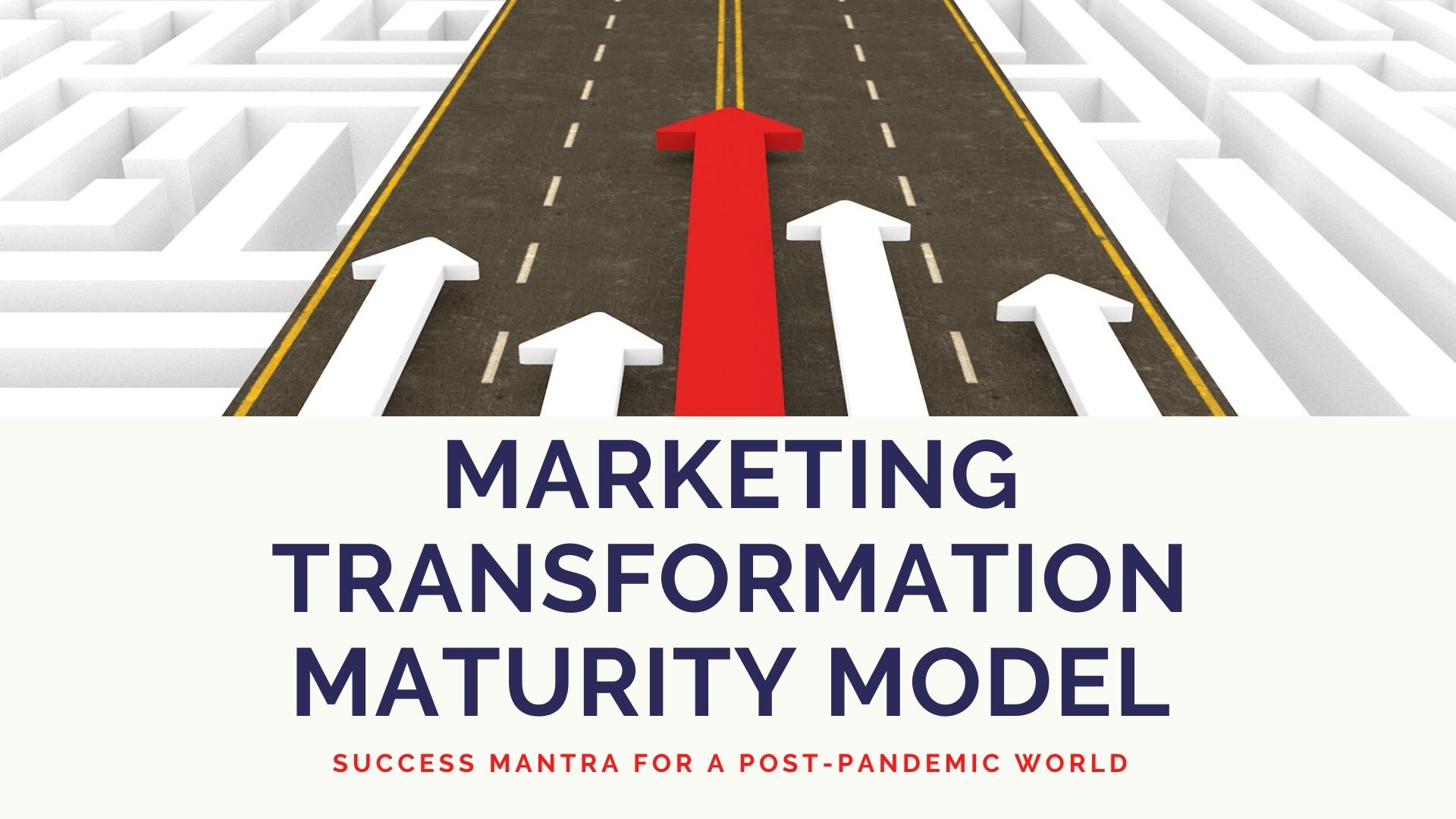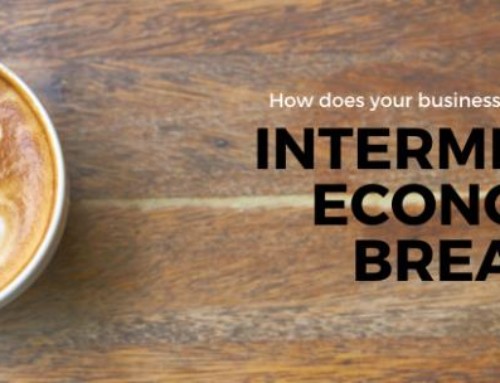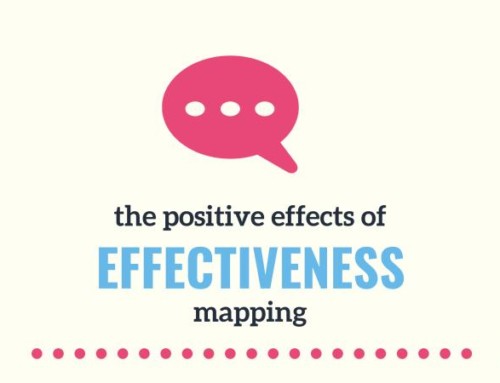Transformation in Marketing: Bridging the gap between digital & physical world
Marketing has transitioned across four eras in the last four decades. The period 1975 to 1990s was analog era, 1990-2007 the Digital era, 2007-2018 the Connected era and 2019 onwards the Intelligent era. What started as digital has eventually transitioned into customer centricity and the transformation hasn’t yet stopped.
Customer centricity is about having resonance across every touchpoint with the customers
From the marketing perspective the current era is called intelligent because it requires the marketers (CMO) to be everything except a marketer. He/She is a part marketer, part customer experience expert, part cross-silo diplomat, part technologist, and part organizational change agent
The modern marketer is seen as a primary agent for business growth and hence, succumbed to hard metrics apart from the traditional measures.
Marketing isn’t dead but transformed to a level where brand resonance is more crucial. It is crucial to stand out amidst the chaos. It’s important for businesses to map their marketing function against the marketing transformation maturity model. It helps in understanding the existing capabilities and abilities and plan transformation roadmap that best leverage the same. It also helps in knowing the unique experiences that could be delivered across touch points without adding a new capability.








Leave A Comment